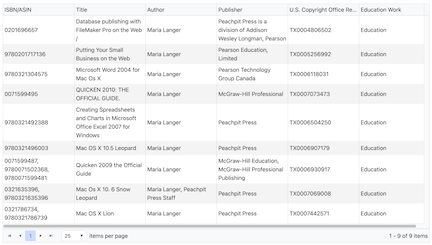I share my less than satisfactory experiences becoming a certified powerboat handling instructor.
I got my OUPV or “six pack” Captains License from the USCG back in 2023. It required me to take a 7-day class, pass four tests, and document 360 days under way on the water. (A day, in case you’re wondering, is at least 4 hours; two 3-hour days does not equal one day and one 9-hour day does not equal two days.)
I think the experience requirement is excellent, although 360 days is quite a bit of time. If you’ve spent 360 days under way on a boat and have been given any responsibilities other than tossing lines to someone on a dock, you probably have what it takes to captain a boat. Or at least that’s the logic behind the requirement.
As a USCG-licensed boat captain, I can do two things that someone without the license can’t legally do:
- I can take up to 6 paying passengers on my boat, thus earning a little income should I decide I want to offer fishing charters or tours.
- I can provide boat training to paying students.
In other words, I can use my skills, knowledge, and boat to make a little money. My fourth career? (Or fifth? I’m loosing count.) Maybe.
Continue reading →

